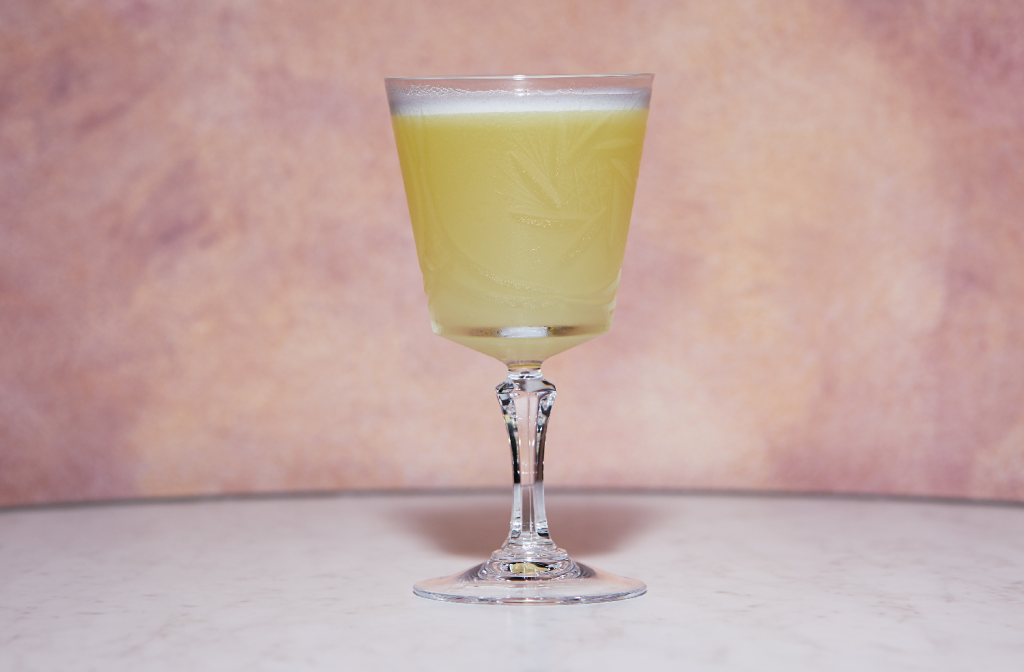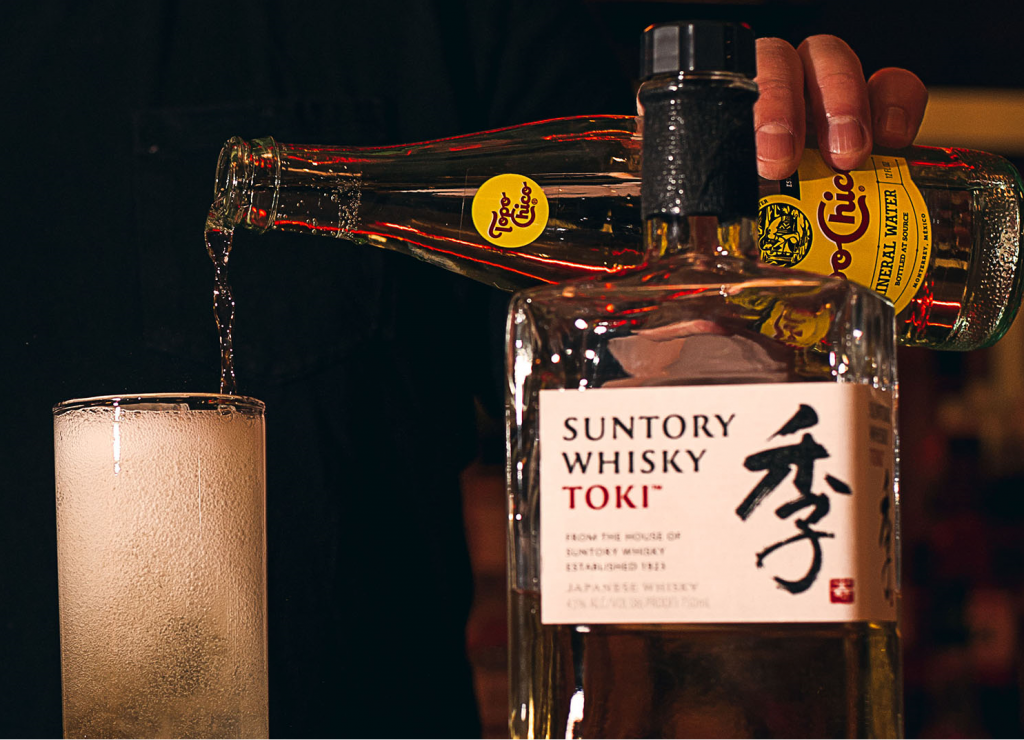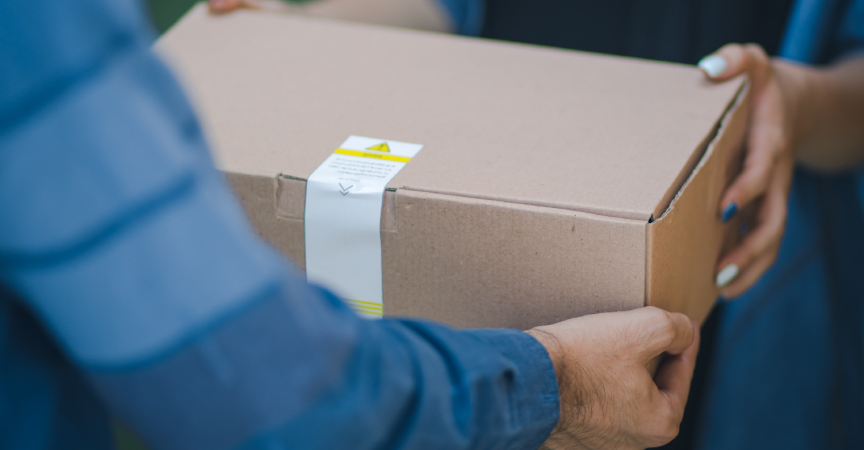How Three Operators Across Canada are Leveraging Alcohol and Cocktail Delivery During COVID-19
In late March, many provinces across Canada adopted temporary measures to allow restaurants to deliver alcohol, beer, and wine with food, providing support for bars, restaurants and other retailers during the COVID-19 period.A
These changes represent something that the foodservice industry has been wanting for some time and something that Restaurants Canada has been pushing for.
“Restaurants Canada has been instrumental in passing these changes in legislation. Based off of our Raise the Bar report, we understood that this has been a request from operators for a while,” says David Lefebvre, Vice President, Federal and Quebec, Restaurants Canada.
As with any new legislation, there are rules and regulations. Rules differ from province to province but generally, they are as follows:
- All ready to drink (RTD) types of liquor, wine and beer may be sold for takeout or delivery, in a sealed and unopened container, however restaurants are not able to compose a drink, self-bottle and sell it.
- All alcohol but must be purchased together with food. This includes beer and wine made under a brew pub or wine pub endorsement.
- There are permitted hours of sale and delivery of liquor and these differ by province
- All licensees must ensure that any persons involved in the sale or delivery of liquor have been certified with a liquor-serving certification. For example: Smart Serve in Ontario or Serving It Right in British Colombia
- Liquor may be sold for takeout or delivery through a third party, such as a food delivery service or ordering platform, provided they are acting on behalf of the licensee.
- Liquor cannot be sold or delivered to anyone under 19 years old or anyone who is intoxicated. Licensees, employees or agents must ask for and inspect identification if they think anyone is under 19 years old. In the case where a third party such as UberEats or Door Dash is acting as an agent for the licensee, there is an expectation that the licensee and the agent have an agreement that addresses how the delivery will meet responsible sale and service requirements.
- The licensee must keep records of liquor that was sold for takeout and for delivery, and keep those records for a period of time that differs by province. For example, in Ontario that period is one year, in Manitoba it’s two years, while in British Colombia the period is six years.
Lefebvre believes that, “the change across
Canada to allow for alcohol delivery with food will allow restaurants to
increase their bottom line. Restaurants Canada is dedicated to representing the
interests of operators and this is one example of how we are working to support
the industry.”

While the loosening of alcohol delivery regulations is welcome, it requires quite a pivot in operations. “Some people hired people back to do this to add to their revenue stream and it allowed them to move a bunch of inventory that at that point in time they could not return,” says Christina Veira, Proprietor at Side Duties Events & Consulting and RC Show Bar & Beverage Curator.
Emily Blake, co-owner of Mahjong Bar and Bar Mordecai with her husband Josh LeBlanc, agrees. “It wasn’t an easy transition to hop straight into delivery. Launching a delivery program and signing up with one of the third-party delivery apps required staff and educating that staff about health and safety precautions. Additionally, our menus are designed for an experience in our space and it didn’t seem strategically the best thing to do with the alcohol element.”
They decided the best way forward for their business was to reimagine some of their most popular drinks and deliver themselves. “We started to talk about the ways we could do it ourselves, without using any of the delivery services. We take orders during the week with a cut-off time of 8:00 pm on Thursdays. We zone out our orders and on Friday and Saturday we package the kits and do contactless delivery—check ID from a safe distance, our drivers wear masks and gloves and we make sure everything is safe throughout the whole process from packaging to delivery.”
They took one of their most popular drinks—the Tame Impala Cocktail – and redesigned it to be made at home. “Not being able to sell pre-mixed cocktails adds layers of complication because not everyone at home will have bar tools like us, so we redesigned our cocktails to be made in a blender. Hopefully we can get people as close to the experience as they would have in our restaurant without breaking the various rules.”
The kit makes four cocktails and includes a
200 ml bottle of Tromba Tequila, 300 ml cocktail mix and instructions and retails
for $45 including tax and delivery. They also built out frozen dumpling kits to
accompany the cocktail orders such as the Shrimp Wonton Kit with dumplings,
garnish and of course, instructions.

The Cactus Club has leveraged a different model, offering pickup and leveraging third party delivery partners DoorDash and UberEats to facilitate delivery. They have also introduced a Cactus Happy Hour @ Home. From open – 4:00 pm daily, they offer a happy hour menu for pick-up or delivery that features food favourites and all day drink specials.
Eataly has also leveraged third-party vendors for food delivery including alcohol. They now offer delivery of Italian wine as well as beer from Birroteca, which is their in-house brewery and bottle shop run by Indie Ale House. The wine list reflects the favourites from their restaurants, namely La Piazza, and is available on Uber Eats and Door Dash.
Regardless of the model that is used, two main considerations operators need to keep in mind while approaching alcohol delivery are safety and compliance. “Most of our liquor laws are created from a safety mind frame rather than a business or sales perspective,” says Veira. “People forget when it comes to innovation, it still has to be safety-minded.”
Additionally, operators need to ensure they are complying with the regulations. Veira explains: “It is in your best interest to try and be as close to the letter and intention of the rules as possible. No one is operating under the radar right now, compliance bodies do monitor social media pages and they do regular check-ins.”
Veira does note that this can be a great time to further develop relationships with your vendors. “As operators are not able to supply the full list of products as on site, it’s an opportunity to choose specific brands to highlight in your cocktail package. You can lean on your suppliers and ask them how they can support you in this endeavour.”
The folks at Eataly agree: “It’s allowed us
to open up a part of our restaurant business that otherwise would not have been
feasible after the closure of non-essential businesses and generate revenue
through that stream. In turn, we’ve been able to support sales of others in our
supply chain—small businesses, importing companies and producers from which we
source our inventory,” says a spokesperson.

While there is hope that allowing alcohol sales will have a positive impact, many say it’s too early to tell. “We’ve only been running it for one week but it’s been a very positive experience for Mahjong Bar,” says Blake. “Most of the people who ordered from us are regulars, people who are missing cocktails and they are excited to have a treat. We’re still in the early stages so it’s hard to know what the scope and volume will be.”
For Eataly, alcohol delivery has helped their sales grow and also provides customers with access to hard-to-find wines—“customers are appreciative of and curious about Italian wines that they may not otherwise be able to purchase. On the third party apps, we are seeing a good mix of people who are ordering one bottle of wine with dinner, and some people who might order a few to keep on hand.”
It’s important to note that while the changes in legislation are temporary measures, there is a desire from operators to see the changes be permanent and to see additional changes down the line. For example, allowing restaurants to sell consignment items. “If customers have had a meal in a restaurant and enjoyed a bottle of wine, allow for them to buy a bottle to take home,” says Veira. “Or allowing customers to walk in and purchase a drink to-go like in New York or New Orleans.”
Veira hopes that new ruling may affect long term changes: “we are the ones who should be able to [work collaboratively] to help dictate some of the legislation […] so we could all contribute to a better living legislation that would add to the culture that bars and restaurants have.”
See below for more information on provincial regulations for alcohol delivery
- Ontario – Alcohol and Gaming Commission of Ontario
- British Colombia – The Liquor and Cannabis Branch (LCRB)
- Alberta – Alberta Gaming, Liquor and Cannabis (AGLC)
- Saskatchewan – Saskatchewan Liquor and Gaming Authority (SLGA)
- Nova Scotia – The Alcohol, Gaming, Fuel and Tobacco Division








1 Comments